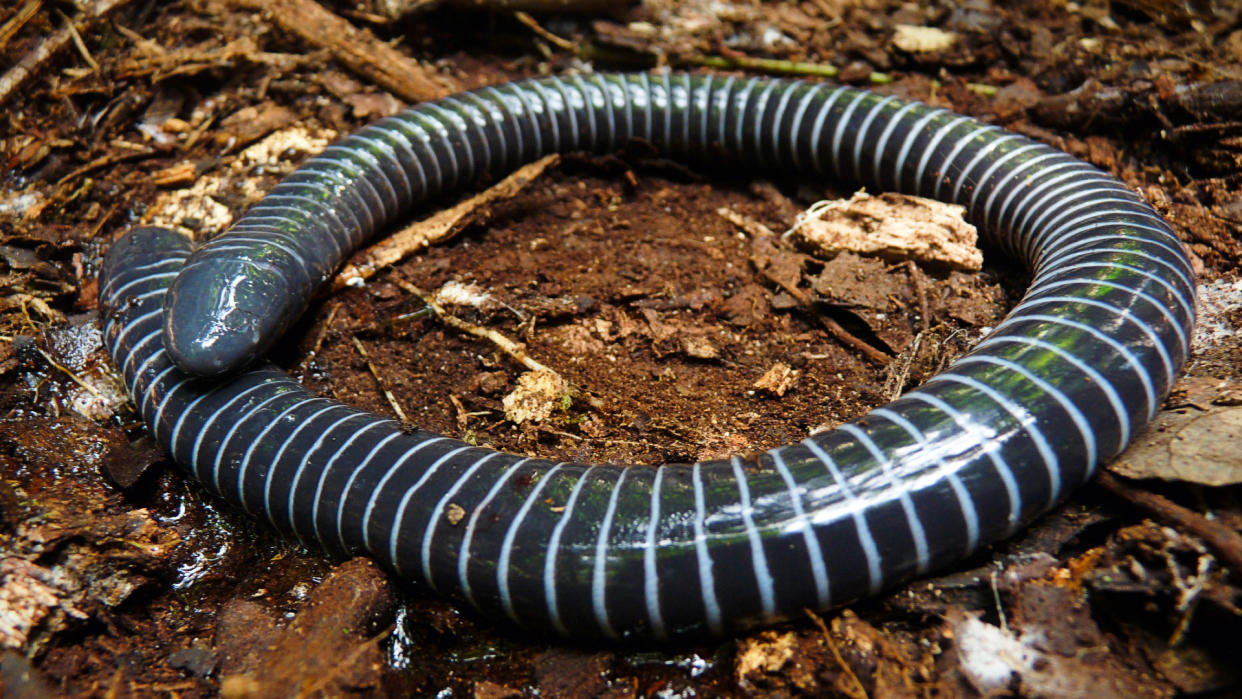An amphibian that produces milk?

What happened?
Caecilians, worm-like amphibians that live underground, produce a milk-like substance for their hatchlings. This is behavior typically seen only in mammals, said Brazilian researchers Thursday in results published in the journal Science. Baby caecilians had previously been found to eat their mother's skin.
Who said what?
Milk-feeding from egg-laying species is "very unique," as is the "begging behavior" caecilian pups exhibit when they want to feed from their mother's behind, or cloaca, said Pedro Mailho-Fontana at Brazil's Butantan Institute. "It's like they're from another planet," said lead study author Carlos Jared, whose Butantan Institute team has been studying caecilians since 1987. "For me, they're like Martians."
The commentary
The researchers did not say whether caecilian milk "meets FDA standards, but it does contain lipids and sugars" like mammal milk, NPR said. "Nature is very creative," said Marta Antoniazzi at the Butantan Institute. "Sometimes it gives the same solution to different groups of animals."
What next?
Caecilians were first identified in 1822, so it took "over 200 years to discover this," David Blackburn at the Florida Museum of Natural History told The New York Times. "Now we've got skin feeding, and cloaca milk … What else is there?"

